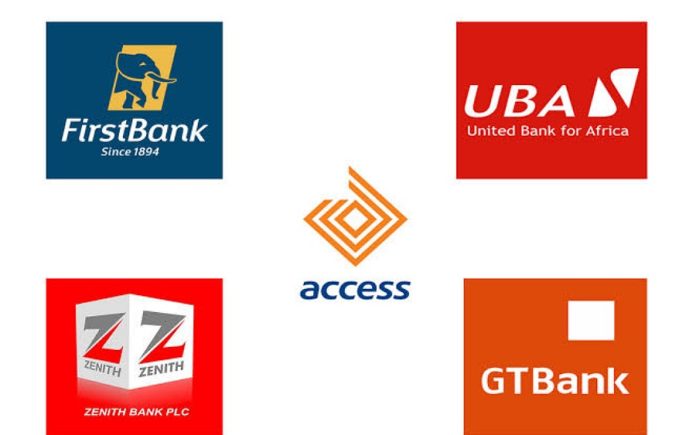Interbank lending rates have gone up because there is less cash flowing in the financial system. This is mainly due to banks paying for government bonds that were sold earlier in the week.
However, a significant cash inflow of N3.5 trillion is expected in February, which should ease liquidity pressures, according to Atiku Audu, Chief Investment Officer at ARM Pension Managers.
With no extra funds coming in at the moment, short-term interest rates have risen. Data from the FMDQ platform shows that the increase is linked to the recent settlement of Federal Government of Nigeria (FGN) bonds worth N601.04 billion.
As a result, the banking system now has a surplus cash balance of N129.63 billion. At the same time, banks have been borrowing less from the Central Bank, reducing the need for emergency funding from the Standing Lending Facility.
Interest rates across different loan periods have reacted differently. The overnight and 6-month lending rates increased to 27.67% and 29.08%, respectively. In contrast, the 1-month and 3-month rates slightly dropped to 27.25% and 28.18%.
Other key financial indicators, such as the open repo rate (OPR) and overnight lending rate, also edged higher to 26.94% and 27.50%, respectively. Despite this, analysts at TrustBanc Financial Group expect the current liquidity levels to remain stable unless there are any major unexpected withdrawals.
Looking ahead to February, the financial system is set to receive a major boost. The expected N3.5 trillion inflow will come from various debt market instruments. Some of the key sources include:
- A 2031 FGN bond coupon payment of N196 billion.
- A 2028 bond payment of N114 billion.
- A 2034 bond coupon payment of N142 billion.
- Nigerian Treasury bills worth N955 billion.
- A Treasury bill maturing on February 20 that will inject N1.3 trillion.
- An additional N813 billion entering the system on February 25.
These inflows should improve cash availability in the market, helping to stabilize interest rates and ease borrowing conditions for banks.












